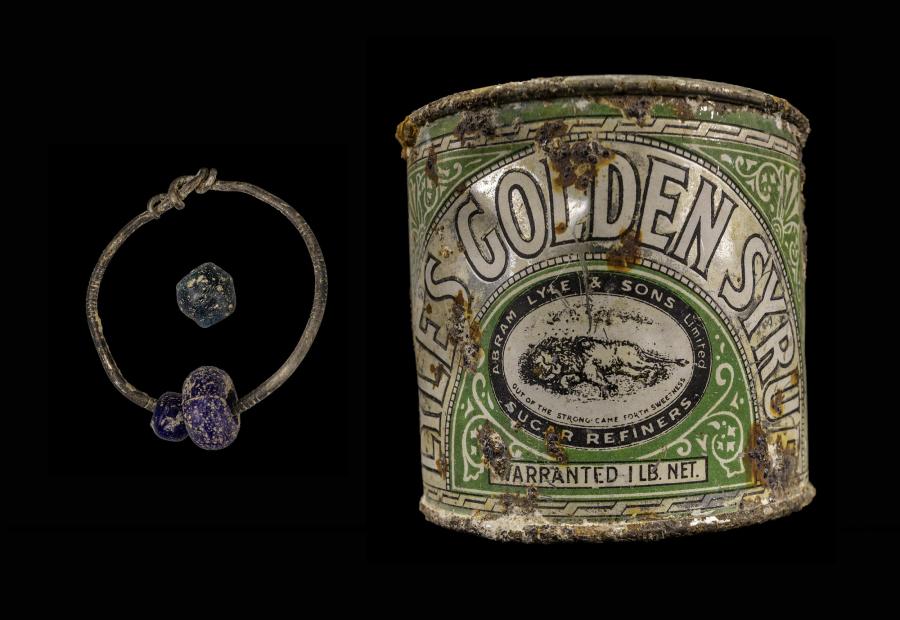About carers and ex-carers from Three Chequers Medical Practice
By Clare Christopher Patient Support Lead - Three Chequers Medical Practice
Three Chequers Medical Practice is a large GP surgery in central Salisbury. We offer support to carers and ex-carers in a variety of ways, including a programme of face to face activities. Obviously this year our programme has not been able to run, so we were delighted to be offered the chance to join the "Lost and Found" project.
By Helen Dibden – participant
"This Lost and Found project has been really very interesting and an opportunity to make friends and catch up with a familiar face from the past. It was fantastic to see the objects from the archive that were in the box they were all very interesting and it was good learning a little about each piece and then being able to choose two items which would be put into the Museum of Lost and Found, only one of the pieces I chose made it to the final choice. The items I chose were the spindle because I felt a connection to this piece as I like sewing and knitting and the spindle would have been used in the making of fabric, which got me thinking about the person who made it and probably used it. I also chose the Tate and Lyle Syrup Tin as it reminded me of childhood, syrup sandwiches, making cakes and having it on porridge. It was amazing to see Will work his magic on the two items the group chose for the Museum. The little ring is beautiful and the coloured beads really glowed, it was wonderful to see it turn and be able to see it from all angles, the same with Syrup Tin being able to see the inside, outside and the bottom.
I never expected to be doing home work tasks when I joined this exciting project and although I found some of the tasks a little daunting I enjoyed the challenge. It was very interesting that some of the conversations that were started as a result of an object in one of these tasks brought reminiscences to other members of the group which gave us an indirect connection."
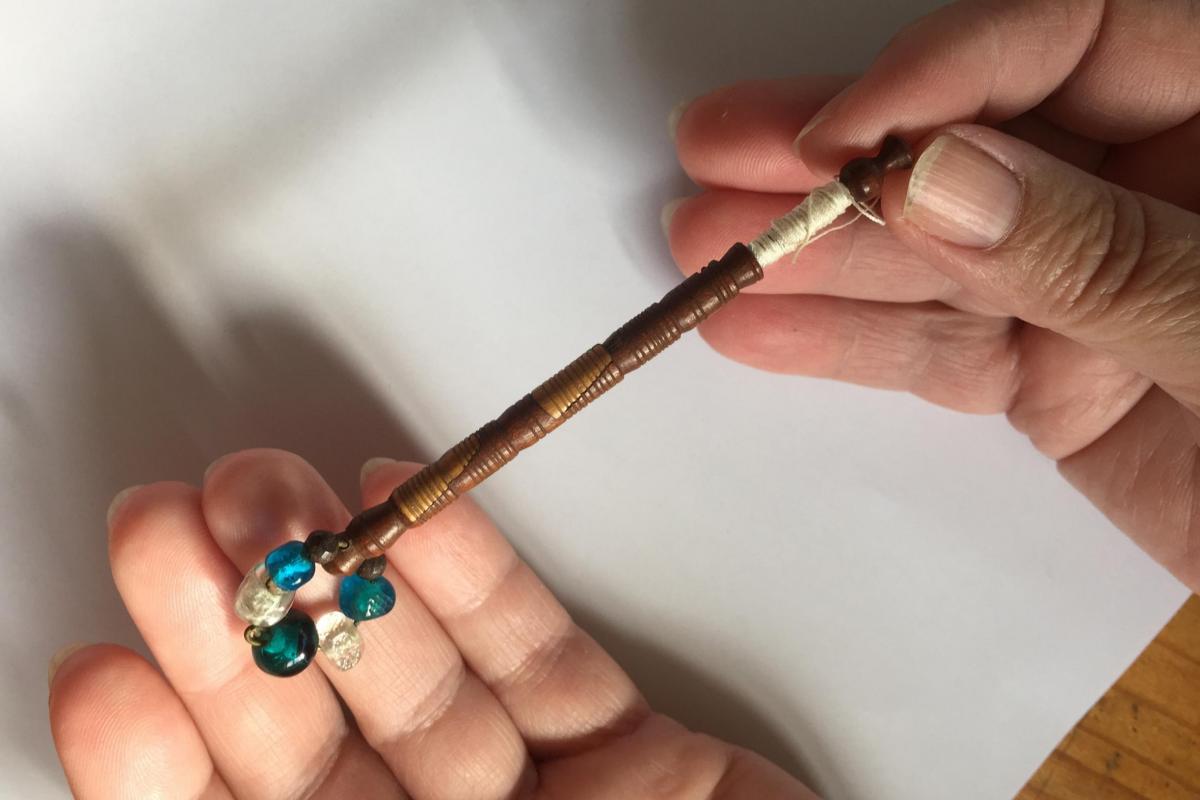
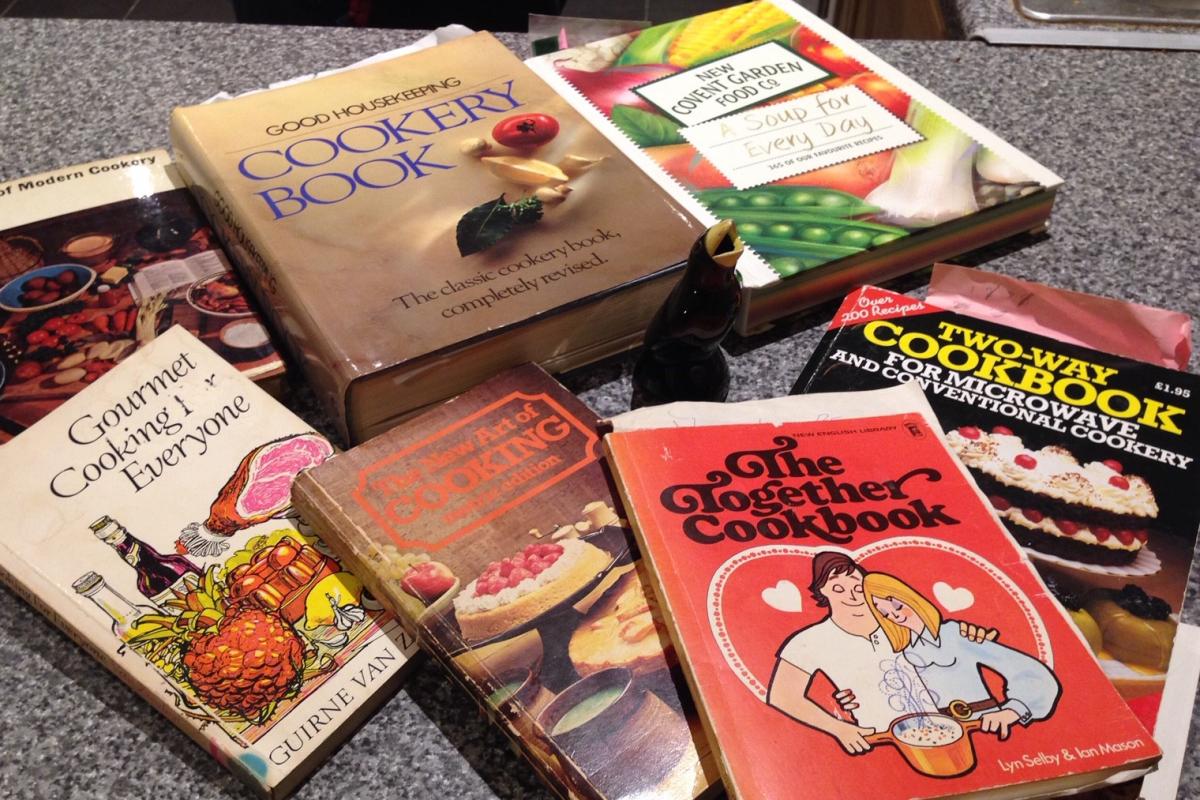
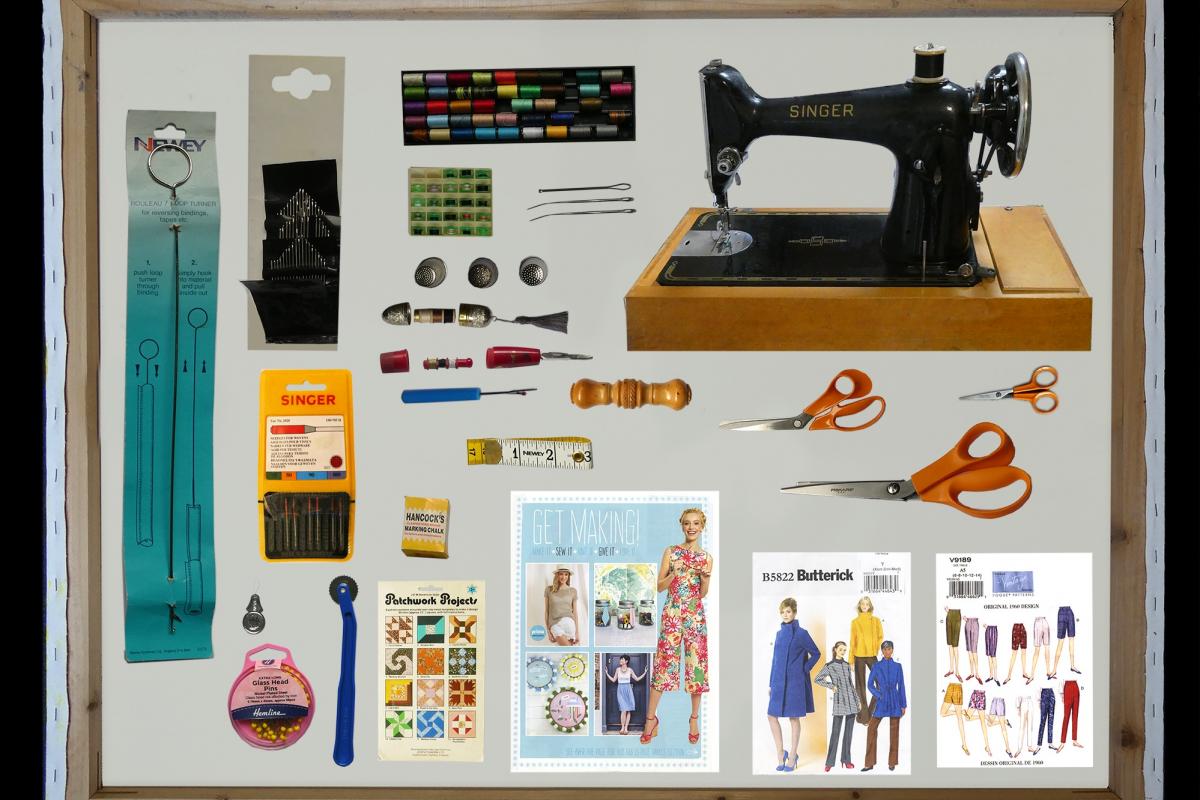
"Every participant shared their object in a creative way. Talking about it and how they came to it. What it meant to them. They gently revealed themselves by their story and connections to the item."
"I felt good to have fitted in time for the task. I learnt more about other carers and also the staff at Wessex Archaeology. In quiet times I start thinking and planning my response to the task for next week."
"Todays session was a fascinating look behind the scenes of such an interesting place, and to hear about what the different departments do. Wessex Archaeology is on my door step and I had no idea what a brilliant place it is."
"I am enjoying this new experience. I didn't expect to be doing anything like this at my time of life."
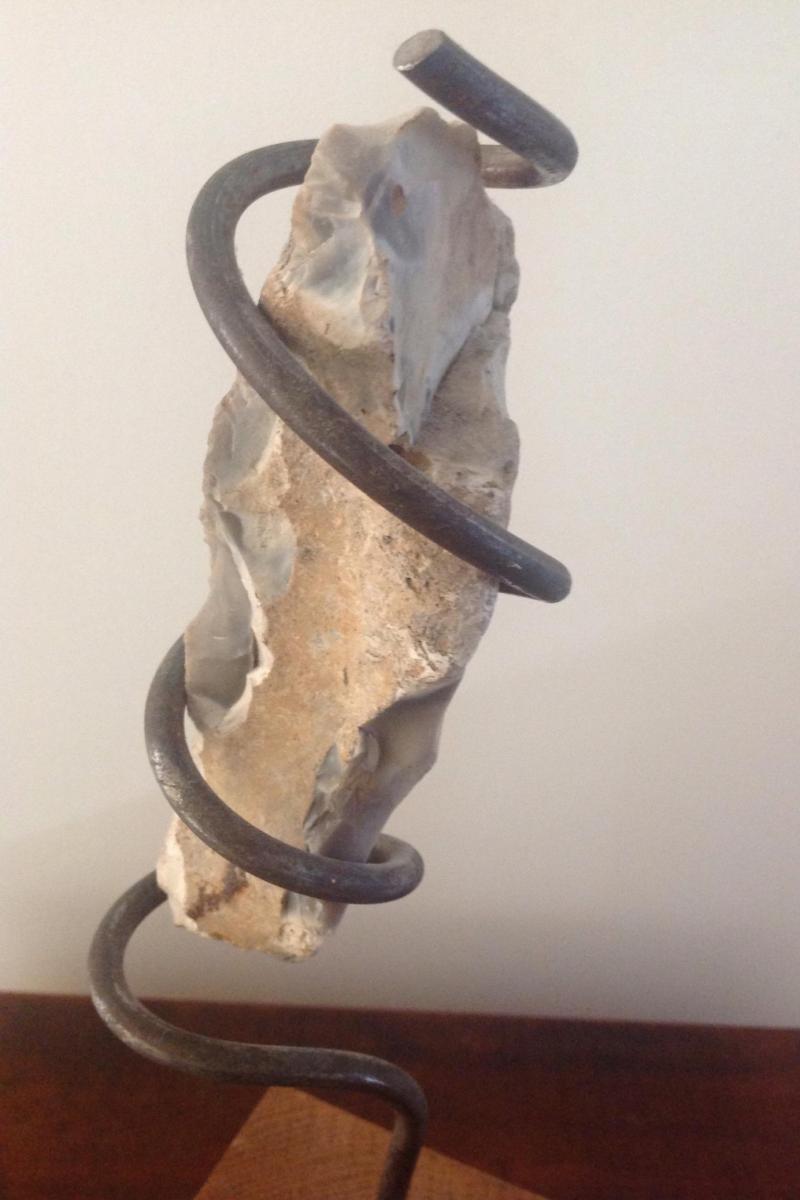
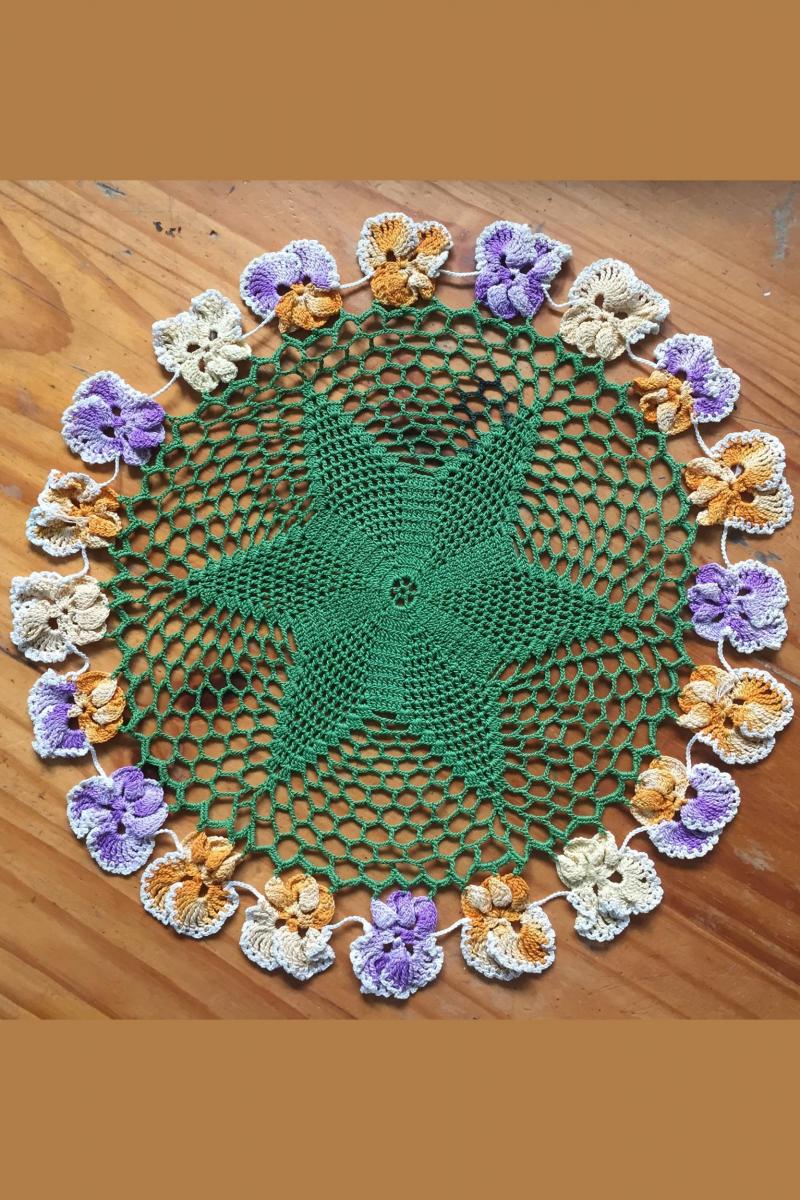
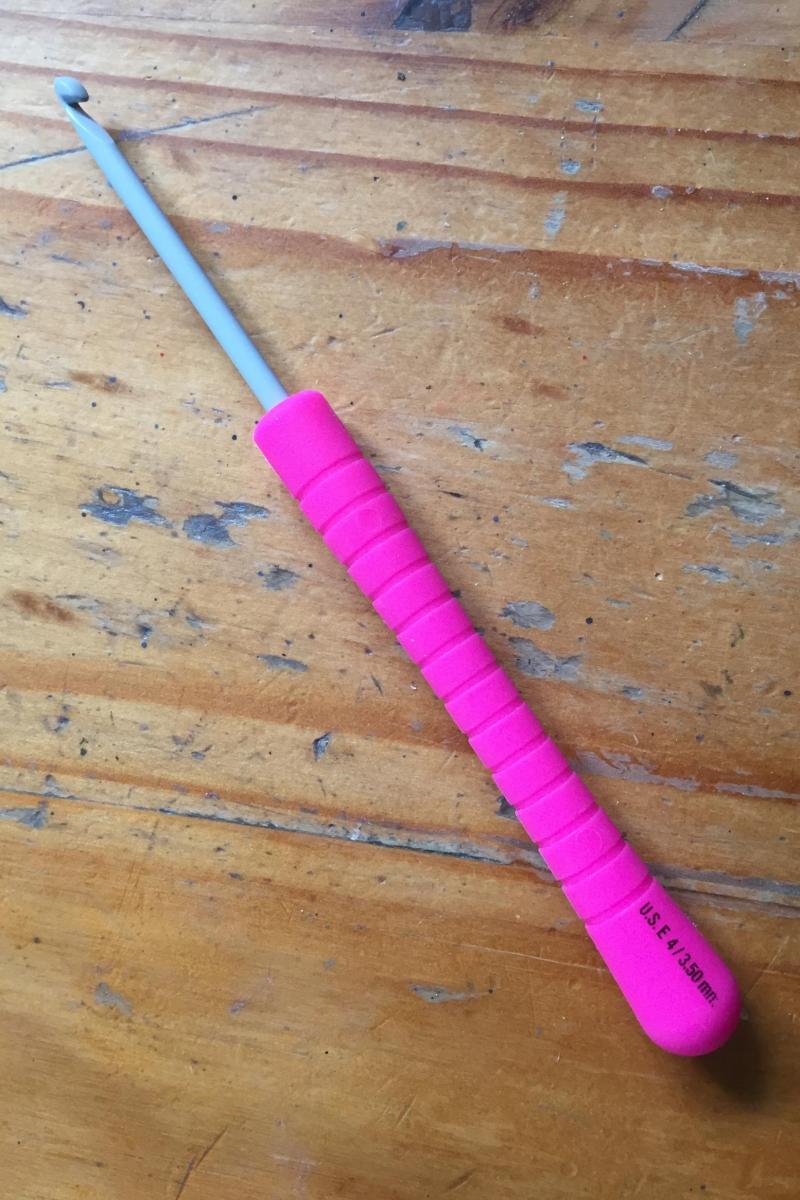
"I have enjoyed taking part in Lost of Found because it gave me a focus for one afternoon a week and some time afterwards doing the homework projects. Because of the Covid Pandemic all the social things I was involved with stopped. It has been really good to meet new people and learn about their interest."
"I have enjoyed taking part enormously. It gave my week an anchor and I looked forward with curiosity and interest. The group was friendly and we were all given tasks and things to consider for each week. I enjoyed thinking about the tasks and objects and they were discussed in an adult intelligent way with all the group."
"As a Carer I rarely think about me time. This put aside a couple of hours each week just for me. It was stimulating to be looking at historical objects and hear what the experts knew about them. I relished spending time thinking about the topic."
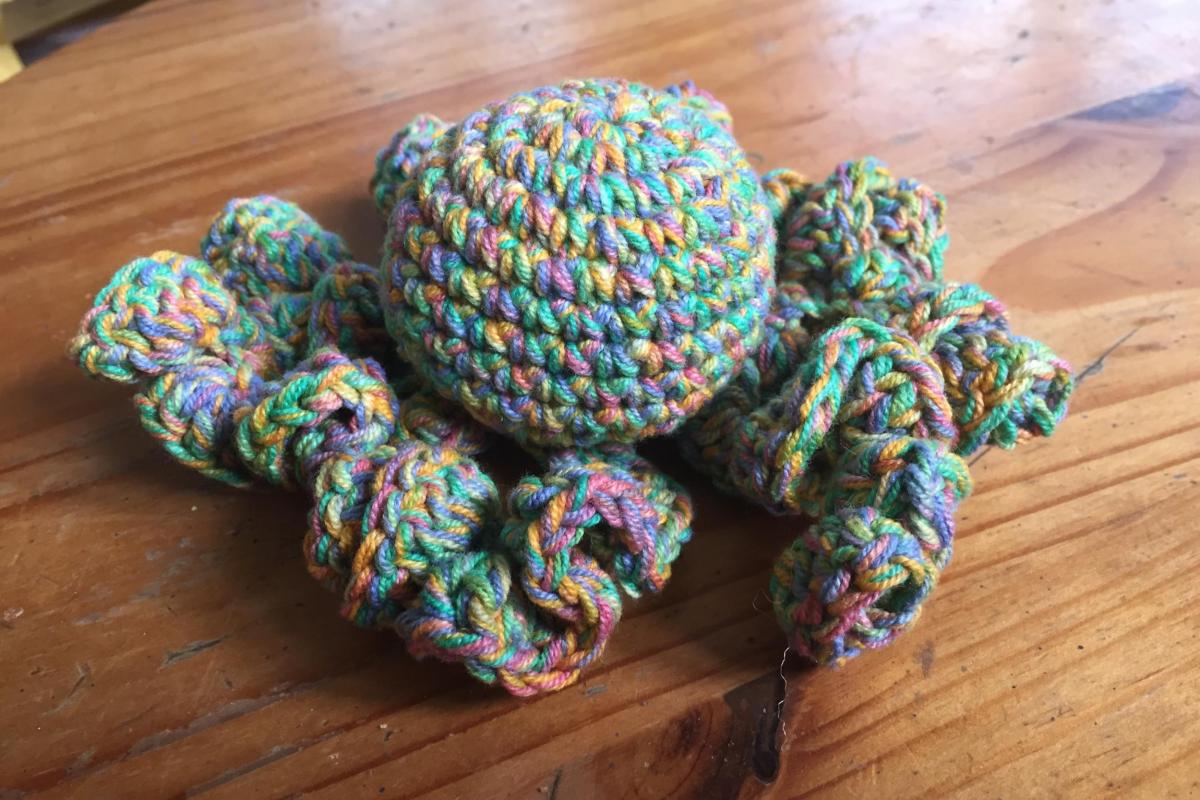
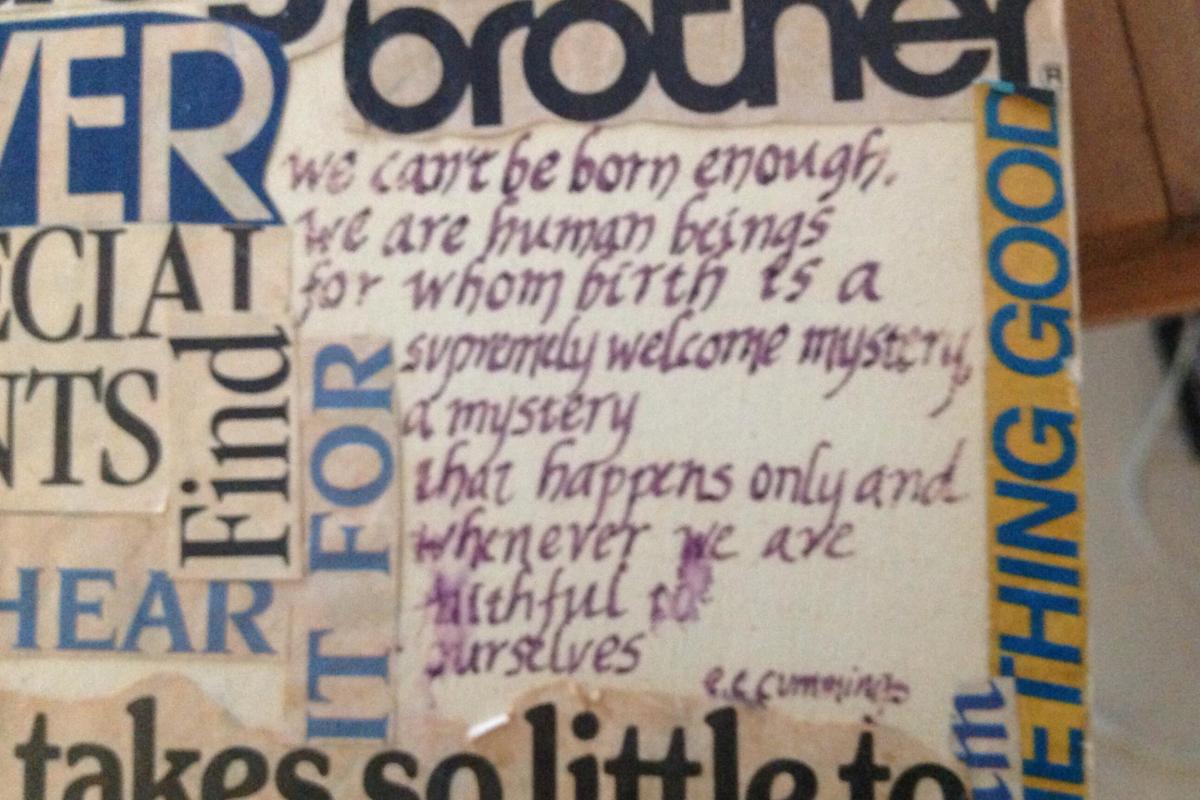
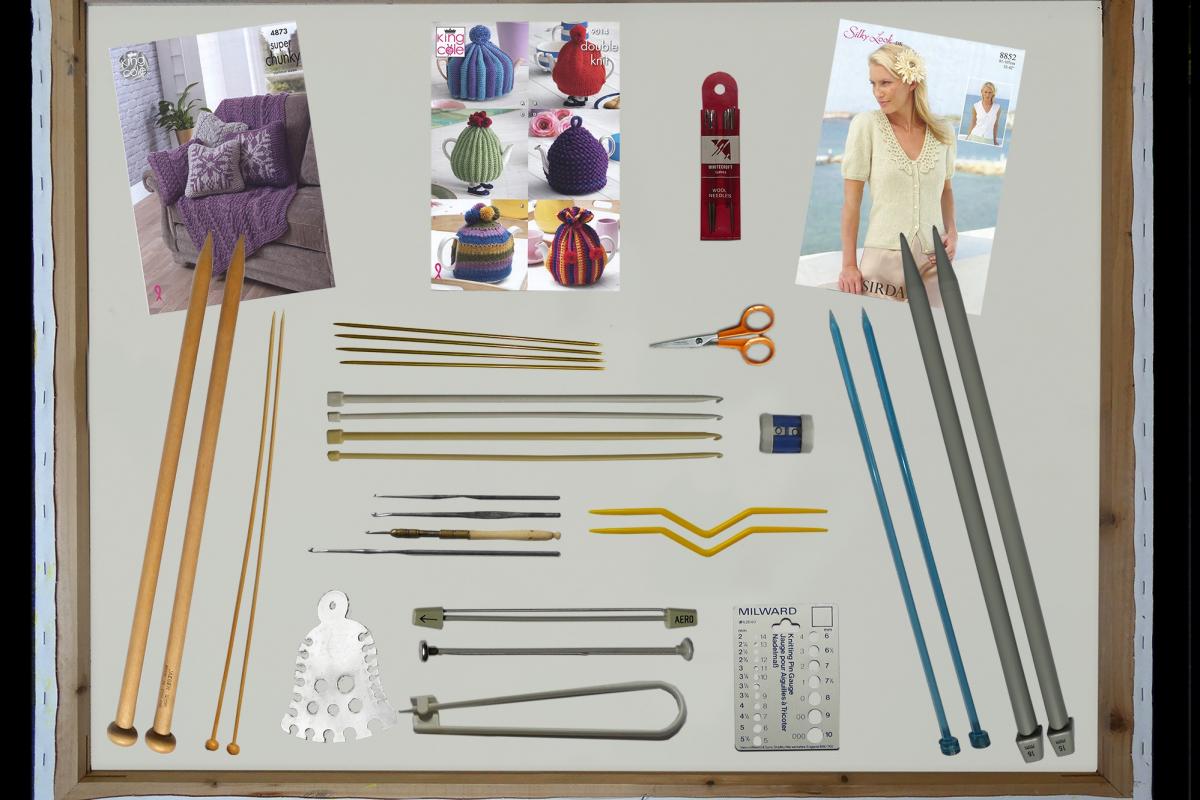
"The home tasks were sensitively and cleverly linked to the topics we had been discussing. It made me think about what I valued in my life and in my home. They were small things but they had a story behind them. I particularly enjoyed the rough sketches I made to show different aspects of the lace bobbin."
"Living in Wiltshire there is a vast amount of heritage and history in the landscape everywhere you go. I love understanding about how our ancestors lived and made things. It was a privilege to talk to and listen to people who work in this field. I will enjoy seeing the virtual museum and continue to learn from the experience."
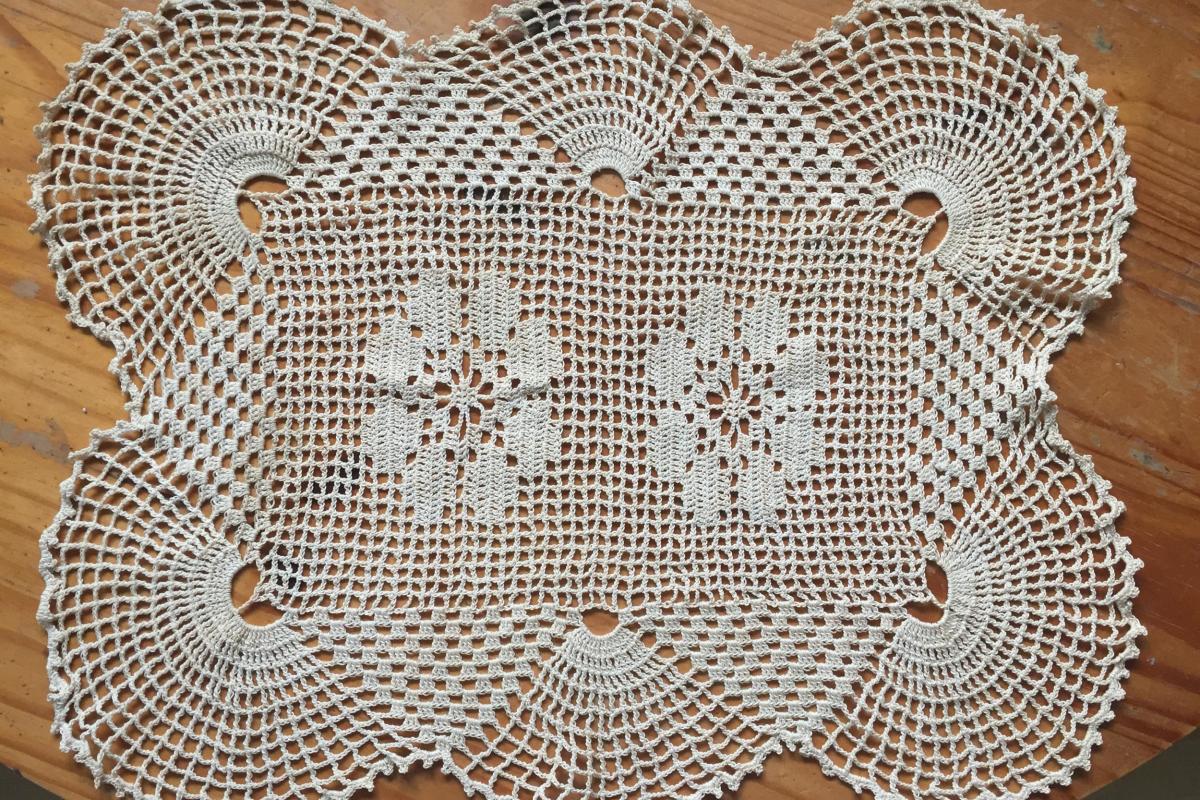
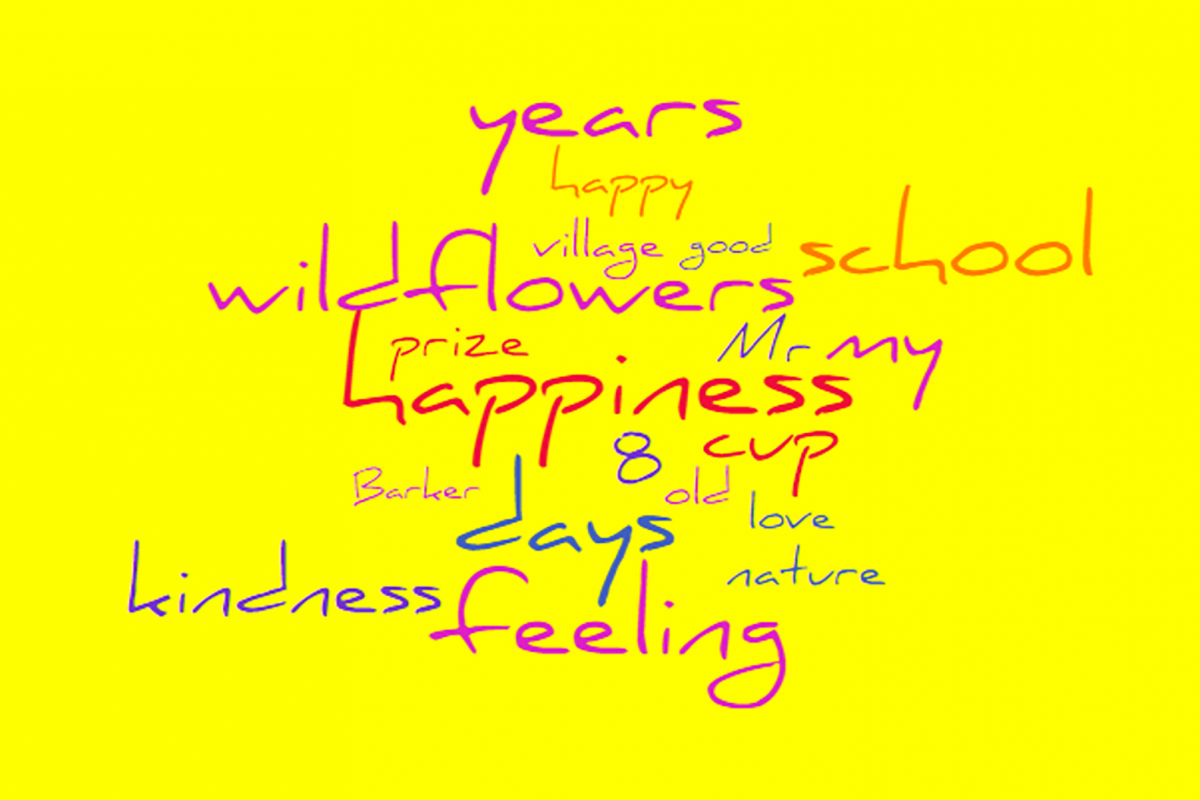
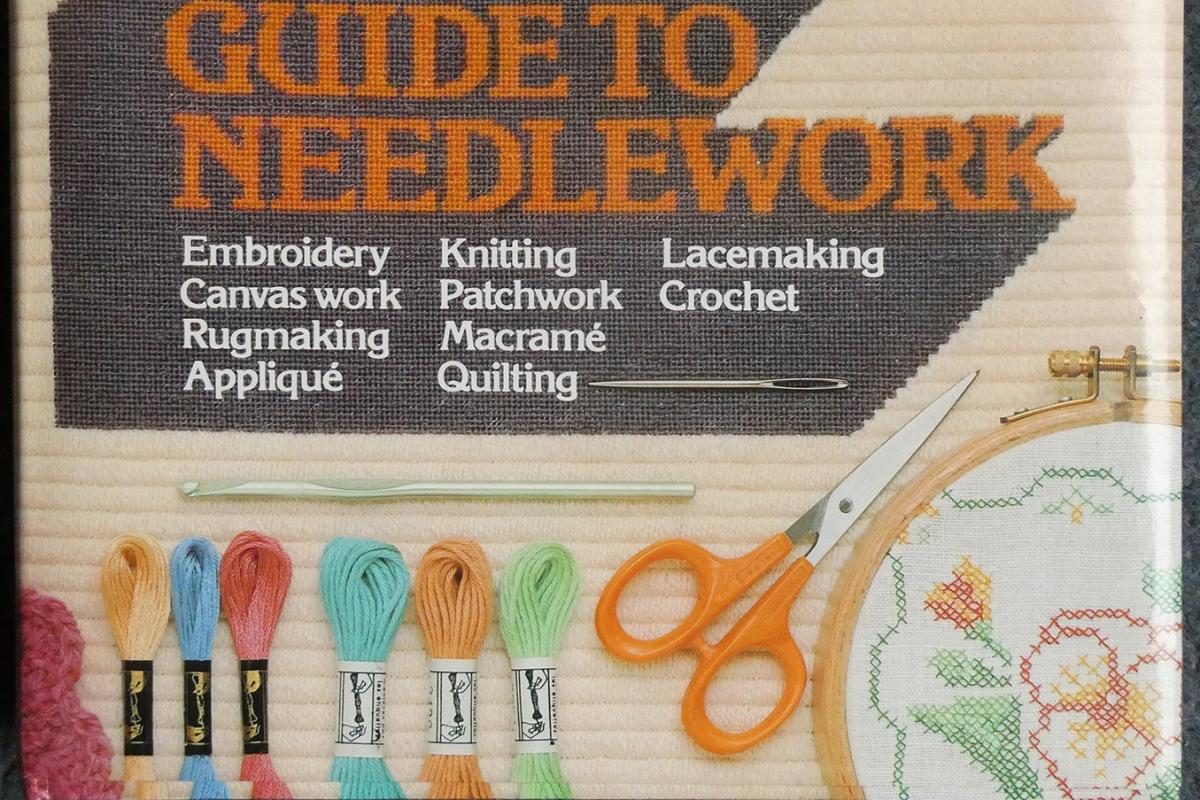
"I chose the spindle because it had relevance to me as I enjoy sewing. I also choose the Tate and Lyle Syrup Tin because it reminded me of my childhood, putting syrup on my porridge, making cakes. i also wondered what the soldiers used it for."
"The delicate piece of necklace found in the grave of a young saxon girl. How she was loved by her family. How they were able to fashion such a piece of jewelry. Similar to today's young girls wearing necklaces. The golden syrup tin because it has not changed much to today's item. Same logo and colours. How keen the manufacturers were to reassure customers that it was "good for you" and "wholesome."
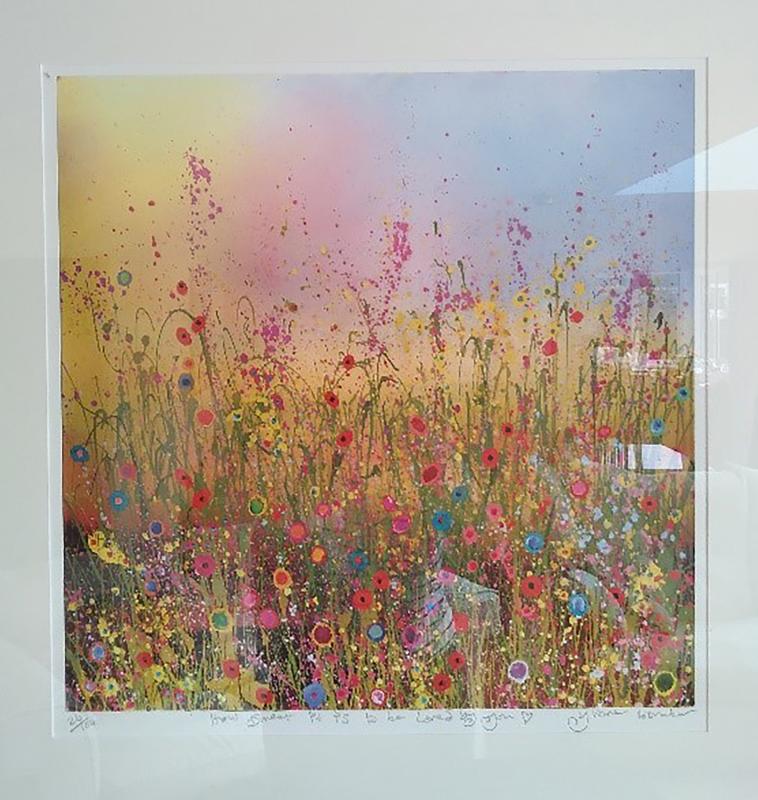
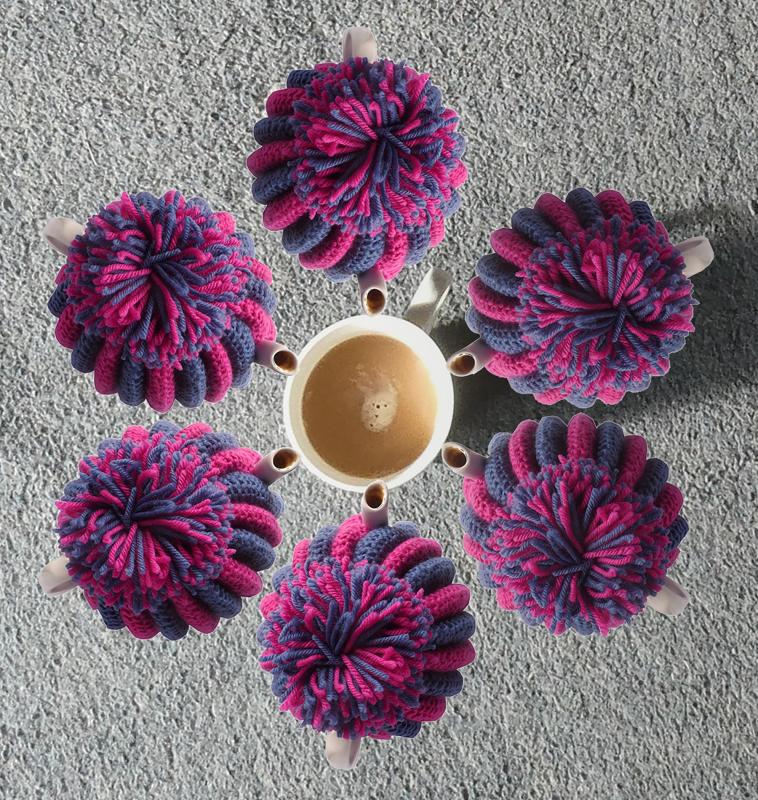
The carers and ex-carers from Three Chequers Medical Practice group have selected two objects from our archives to go into this online museum. Please do explore the objects below, we hope you enjoy them.
Anglo-Saxon silver slip-knot ring
A fine wire slip-knot ring with banded, incised decoration. The ring is threaded with two beads; both are a semi-translucent medium blue. One of the beads is known as a “barrel bead” due to its shape. This item was recovered from the grave of a juvenile of around 10 – 11 years of age at Bulford, on Salisbury Plain. The cemetery where this young individual was buried was excavated by Wessex Archaeology in 2016, and is the largest early Anglo-Saxon cemetery known in Wiltshire.
First World War Lyle’s Golden Syrup tin
A Lyle’s Golden Syrup tin which was recovered from a dump of rubbish at Larkhill, on Salisbury Plain. This tin post-dates the First World War as it carries the “By Royal Appointment” seal of King George V, which was granted in 1922. The legend on the back of the tin shows gives an interesting view of how sweet, sugary food was marketed in the past. Lyle’s golden syrup has certainly been to some interesting places. Captain Robert Scott took some with him on his ill-fated attempt to be the first to reach the South Pole in 1912. When Scott’s stores were rediscovered in 1956 both the tins and the syrup inside were still in good condition. Today more than 1,000,000 tins leave the syrup factory on the banks of the Thames each month, heading as far afield as the USA, China, Australia and South Africa.
Return to the Lost and Found Museum home page
